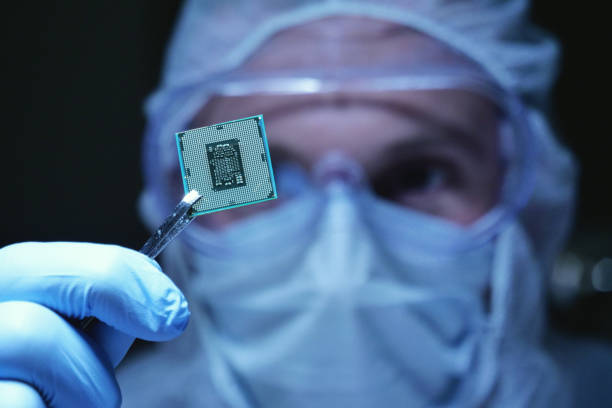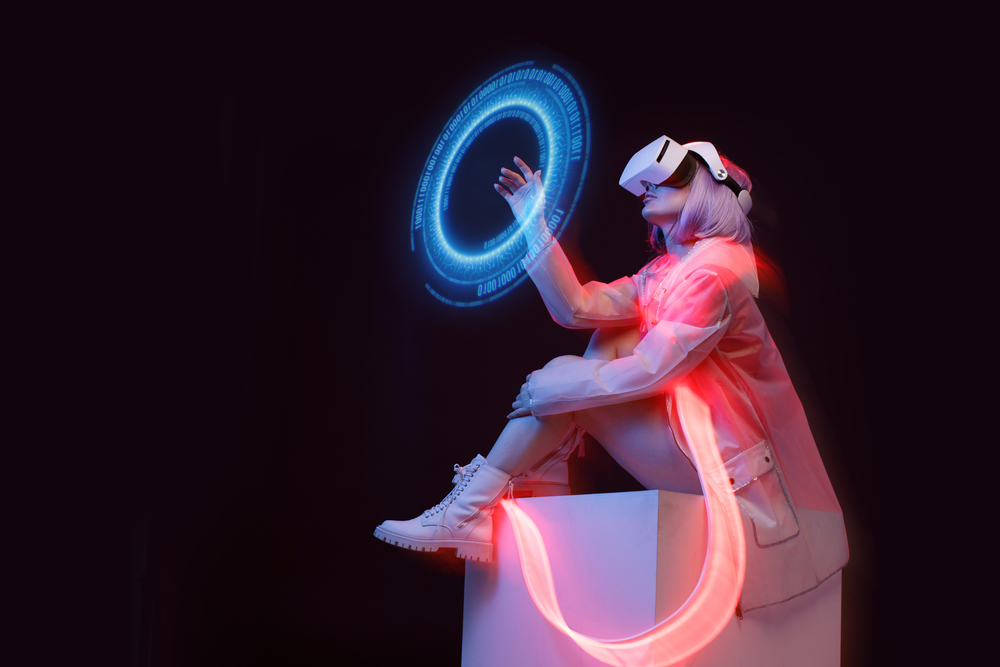Holographic Opera: Merging Classical Art with Cutting-Edge Technology
In the realm of performing arts, a groundbreaking fusion of tradition and innovation is captivating audiences worldwide. Holographic opera, a revolutionary approach to staging classical performances, blends centuries-old musical masterpieces with state-of-the-art projection technology. This avant-garde technique is breathing new life into beloved operas, attracting younger generations to the art form, and challenging the boundaries of theatrical presentation. As holographic opera gains momentum, it's reshaping the landscape of cultural entertainment and opening up exciting possibilities for the future of live performance.

Technological Marvels on Stage
At the heart of holographic opera lies a complex system of high-definition projectors, motion capture technology, and sophisticated software. These elements work in harmony to create lifelike, three-dimensional images of performers that can interact seamlessly with live actors on stage. The result is a mesmerizing spectacle that blurs the line between reality and illusion, offering audiences a truly immersive experience.
Reimagining Classic Works
Holographic opera has breathed new life into timeless productions, allowing directors to reimagine beloved works in ways previously thought impossible. From staging underwater scenes in Wagner’s “The Flying Dutchman” to creating ethereal spirits in Verdi’s “Macbeth,” the technology has expanded the creative palette for set designers and directors alike. This innovative approach has not only revitalized classic operas but also attracted a new generation of opera-goers eager to experience familiar stories in a fresh, technologically enhanced format.
Overcoming Artistic Challenges
While holographic opera offers exciting possibilities, it also presents unique challenges for performers and production teams. Singers must learn to interact convincingly with virtual counterparts, while conductors face the task of synchronizing live music with pre-recorded holographic elements. These hurdles have spurred the development of new training methodologies and rehearsal techniques, pushing the boundaries of artistic collaboration in the digital age.
The Global Impact of Holographic Opera
As holographic opera productions gain traction, their influence is being felt across the global arts scene. Major opera houses from New York to Milan are incorporating this technology into their repertoires, while smaller venues are exploring more accessible versions of the technology. This widespread adoption is not only transforming the opera-going experience but also sparking conversations about the role of technology in preserving and evolving traditional art forms.
Critics and Controversies
Despite its growing popularity, holographic opera has not been without its detractors. Some critics argue that the technology detracts from the raw power of live performance, while others express concerns about the potential for holographic representations to replace living artists. These debates have ignited passionate discussions within the opera community about authenticity, artistry, and the future direction of the medium.
Educational Applications and Outreach
Beyond the stage, holographic opera is finding applications in educational settings and community outreach programs. Schools and museums are using scaled-down versions of the technology to introduce students to opera in engaging, interactive ways. This innovative approach to arts education is helping to cultivate a new generation of opera enthusiasts and breaking down barriers to what has traditionally been seen as an elitist art form.
The Future of Holographic Opera
As technology continues to advance, the possibilities for holographic opera seem boundless. Industry insiders speculate about fully immersive productions where audience members can interact with holographic elements, or operas that blend live and virtual performances across multiple venues simultaneously. While the full potential of this art form is yet to be realized, it’s clear that holographic opera is poised to play a significant role in shaping the future of performing arts.
Conclusion
Holographic opera represents a bold step forward in the evolution of a centuries-old art form. By marrying classical music with cutting-edge technology, it offers a bridge between tradition and innovation, attracting new audiences while honoring the rich history of opera. As this exciting medium continues to develop, it promises to redefine the boundaries of theatrical performance and open up new avenues for artistic expression. Whether viewed as a revolutionary leap forward or a controversial departure from tradition, holographic opera is undeniably leaving its mark on the cultural landscape, inviting us to reimagine the possibilities of live performance in the digital age.





